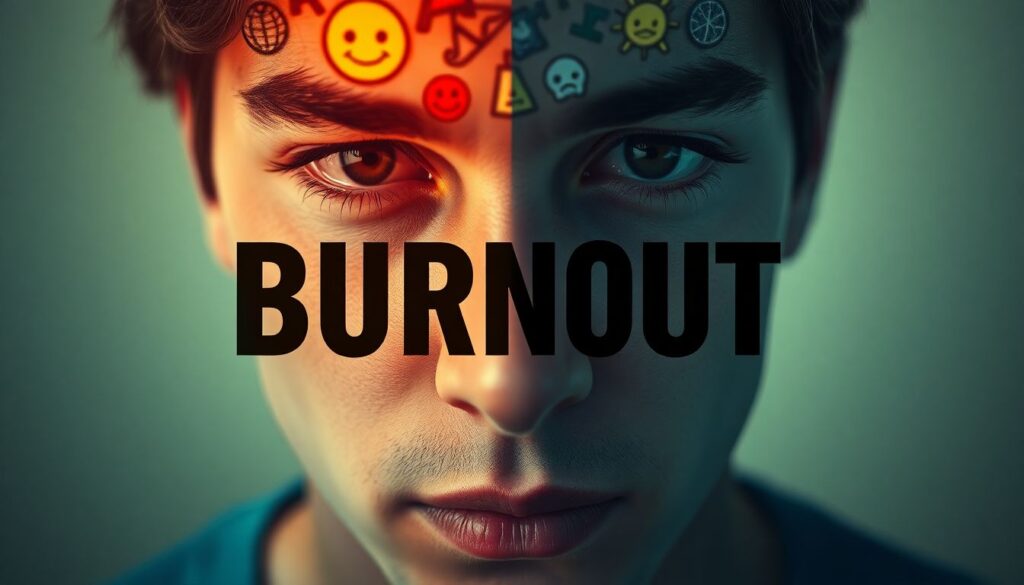
Autistic burnout is not a buzzword. It’s not an excuse. And it’s certainly not “just stress.” It’s a deeply debilitating, often invisible experience that impacts millions of autistic adults—yet remains under recognized in workplaces, healthcare systems, and even among family and friends.
In Embracing Self-Care for Autistic Burnout: Your comprehensive resource for managing autistic burnout, we break down the science, personal experiences, and systemic gaps that keep this form of burnout misunderstood. One thing is clear: it’s time the world takes autistic burnout seriously.
What Is Autistic Burnout, Really?
Autistic burnout is a state of total mental, emotional, and physical exhaustion that results from prolonged masking, over stimulation, and pushing beyond capacity without sufficient recovery time.
Common symptoms include:
- Executive dysfunction
- Loss of speech or social ability
- Shutdowns or meltdowns
- Increased sensory sensitivities
- Identity confusion
- Long-term fatigue
Unlike general burnout, autistic burnout often lasts months or even years and can drastically impair quality of life.
Why It’s Often Dismissed
Autistic burnout is frequently minimized because it doesn’t “look” like something people expect:
- Autistic individuals may still show up at work or school—but internally, they’re falling apart
- Many have been conditioned to mask their struggles, even while suffering
- Medical professionals may mislabel symptoms as depression, anxiety, or “lack of effort”
- Families may assume it’s a phase, attitude issue, or social withdrawal
This invalidation only worsens the experience—and delays support.
What Happens When Burnout Is Ignored?
When not acknowledged or accommodated, autistic burnout can lead to:
- Loss of employment or education
- Breakdown of relationships
- Mental health crises
- Physical health issues due to stress and neglect
- Complete shutdown and isolation
Many readers of Embracing Self-Care for Autistic Burnout describe years of misdiagnosis and shame before they realized they were burned out—not broken.
“If someone had understood autistic burnout earlier, I could have prevented a total collapse.” – Amazon Reviewer
What Taking It Seriously Looks Like
For autistic people, it means:
- Self-validation and permission to rest
- Access to sensory tools, pacing strategies, and low-demand days
- Choosing environments that honor neurodivergent needs
For families, employers, educators, and allies, it means:
- Listening without judgment
- Learning what autistic burnout really is
- Advocating for accommodations, not just awareness
- Creating flexible systems, not just one-size-fits-all solutions
Burnout Is Preventable. But Only If It’s Seen.
The more we talk about autistic burnout, the more we normalize it—and the more we can prevent it. Taking it seriously means we stop expecting autistic people to “push through” and start building systems that let them thrive as they are.
In Embracing Self-Care for Autistic Burnout, you’ll find real stories, scientific insights, and actionable tools to help identify, understand, and recover from burnout—for yourself or someone you care about.
🔍 Get the book and help raise awareness
💬 “This book didn’t just explain burnout—it made me feel human again.”
Author

Laura Mitchell writes with a focus on supporting autistic adults and those navigating the challenges of autistic burnout. Drawing on personal experiences and countless conversations within the neurodivergent community, she creates resources that are compassionate, practical, and easy to follow.Her work is grounded in a belief that autistic voices deserve to be heard and understood, and that self-care should be accessible and validating for everyone. Through her books, Laura aims to provide encouragement, clarity, and strategies that help readers build lives that feel sustainable and authentic.When she’s not writing, Laura enjoys quiet routines, creative hobbies, and walking in the hills close to her country home.





